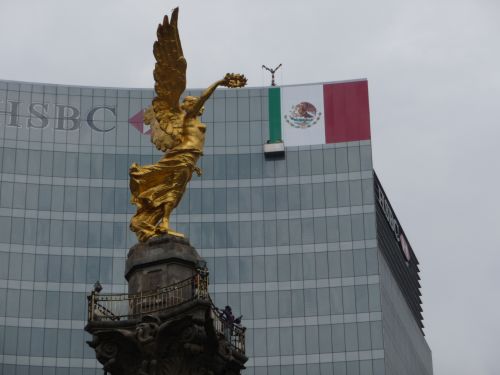Some readers know I am from New York but have called Mexico City my home since 1990. The other important axis of my geography is New Orleans. It is the place to which I left home when I was 17 years old -- the first place I actually chose to live in. The least American of U.S. cities, it is often compared to a Caribbean island, a Mediterranean locale, or the northernmost African outpost. Comparisons are odious and New Orleans is unique. Last month I rented an apartment there and for the moment am dividing my time between it and Mexico City.
Perhaps it speaks ill of me that I believe one of the two hallmarks of a civilized city is the possibility of getting a drink until very late at night. In New Orleans there are bars that are open twenty-four hours a day. It is also legal to carry your drink in the street from one bar to another, so long as it is in a plastic "go cup" (glass or tin cans get you into beaucoup trouble).
(For the record, my other hallmark of a civilized city is a well-functioning public transportation system. Let's not even talk about the disastrous one in New Orleans -- yet. Suffice it to say that Mexico City's is like Paris or London in comparison.)
Corner bars like the Mayfair at 1505 Amelia Street, around the bend from the Columns Hotel, give the city a great part of its identity. Christmas decorations are lit all year round. Drinks are inexpensive and they have an excellent juke box. I cannot guarantee that the minute you walk through the door you will be treated as if you were a regular, but Miss Gertie, the owner, certainly made me feel like family the afternoon this photo was taken.







